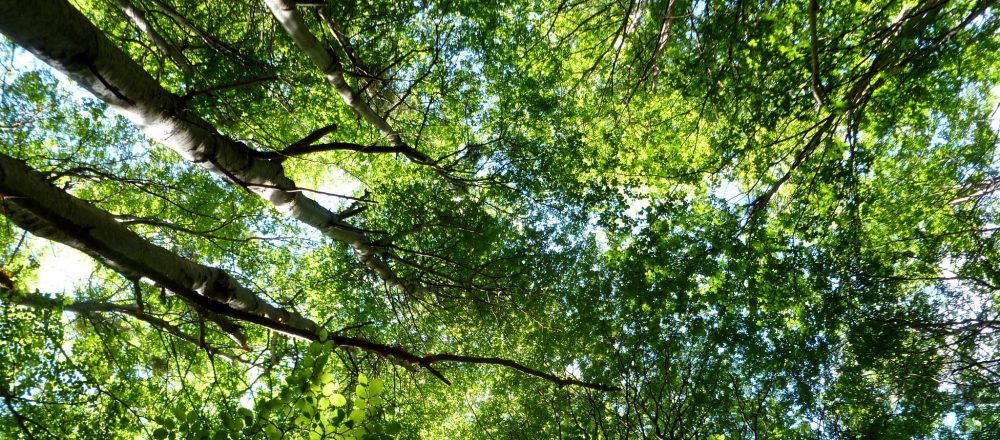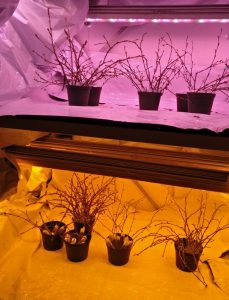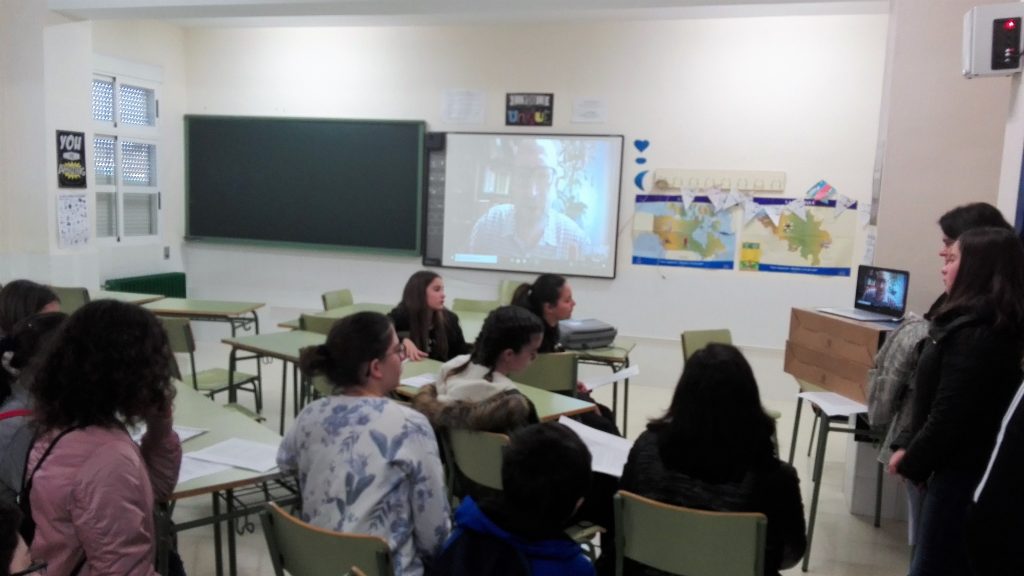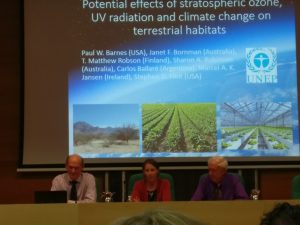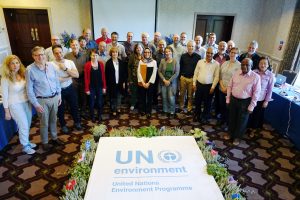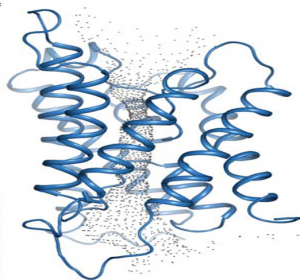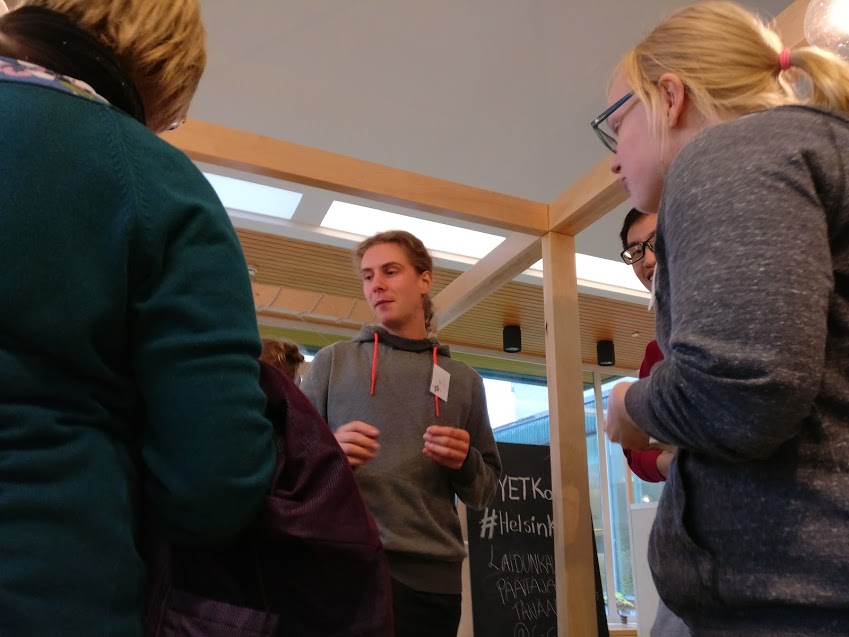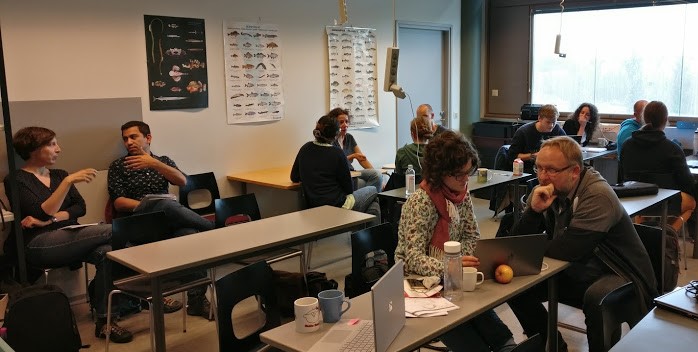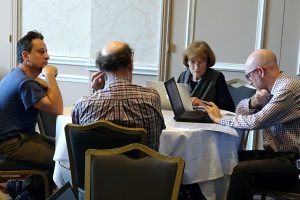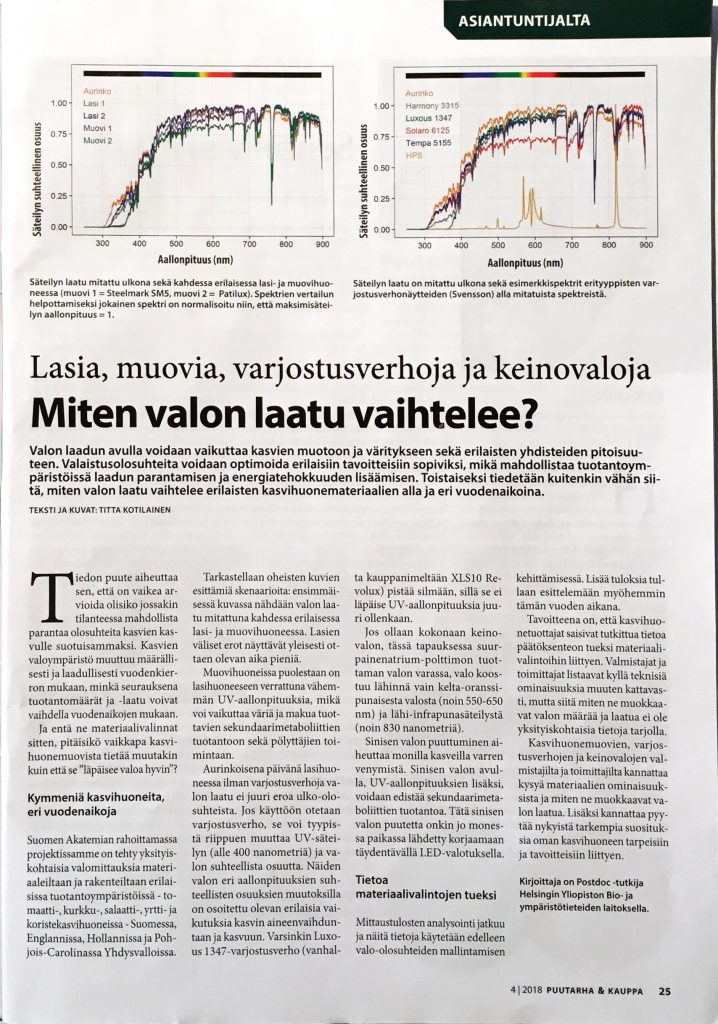
Some results from our Academy of Finland Key Funding project were recently presented by Titta Kotilainen in the Finnish Growers’ Association “Puutarha & Kauppa” magazine. Climate screens that are typically used inside greenhouses to manage humidity and temperature alter light transmission, resulting in large differences in both the fraction of irradiance attenuated and spectral ratios received underneath.
Different climate-control screens, that are superficially very similar in terms of their appearance and texture, have very different effects on the light environment, which would go unnoticed without this sort of measurement. Spectral characterization of this nature is required to interpret the results of studies examining plant responses to different greenhouse screens. Material manufacturers, growers, and horticultural consultants can all benefit from these data aiding the selection of material to better match the desired end-results.
